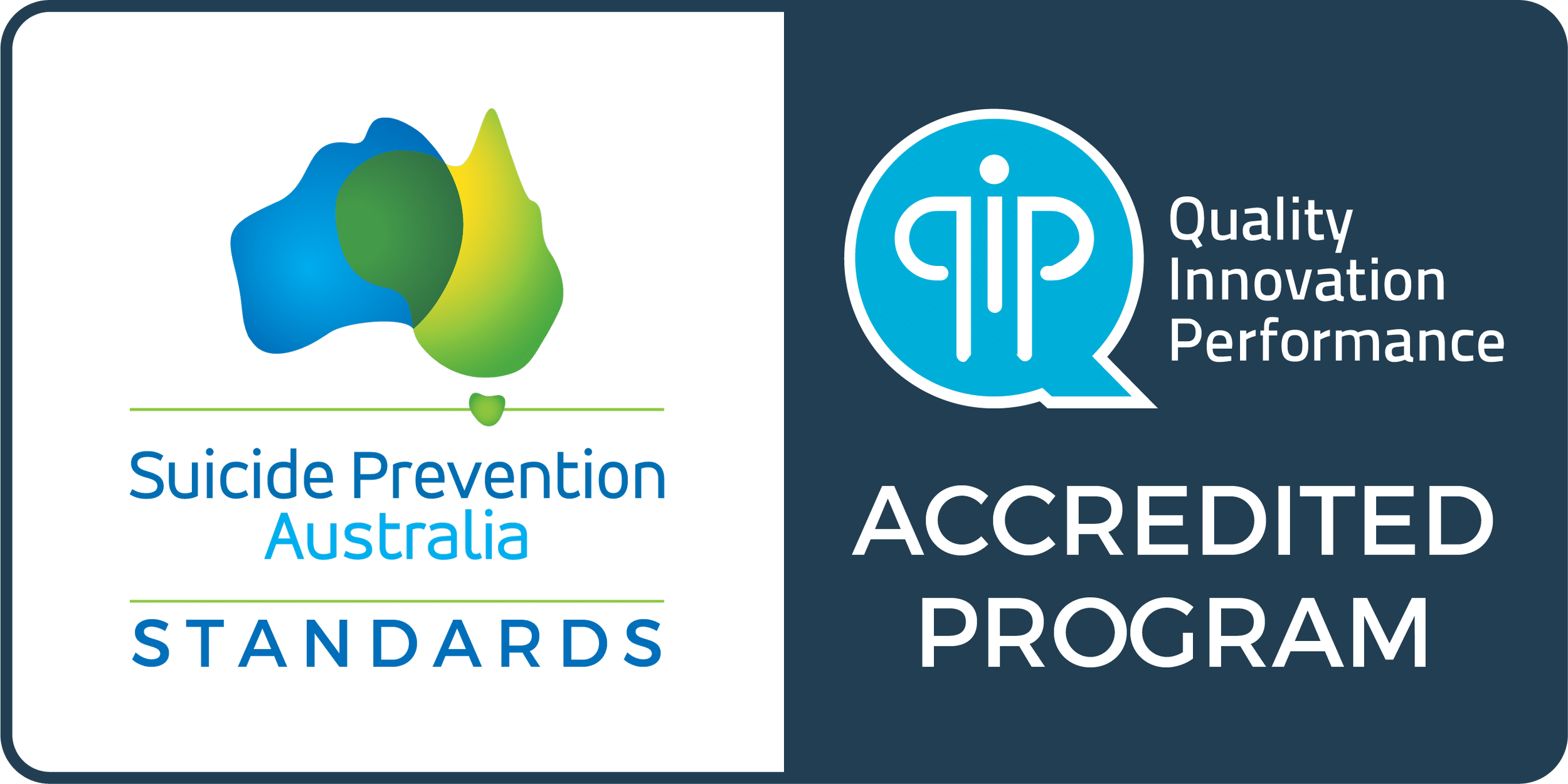Mental Health First Aid Training for adults concerned for young people
It’s often difficult to distinguish normal development from possible mental health concerns. There are so many signs that may or may not signal current or future issues.
I provide Mental Health First Aid training throughout Australia, face-to-face and online for adults who may be concerned for young people.
The training is based on outstanding national and international research and experience. It is designed to equip you with the skills and confidence to recognise, understand, and respond to someone experiencing a mental health problem or crisis. It’s like physical first aid - providing immediate support until professional help can be obtained or the crisis resolves.
The video below is an excellent introduction to Mental Health First Aid. Please contact me for more details and opportunities to attend and/or as an organisation, to offer the training to your members. The training has four modules which can be presented over two days face-to-face or in various combinations including online.
14 Hour - Youth Mental Health First Aid Course
I’m a licensed Instructor with Mental Health First Aid Australia to deliver the Youth Mental Health First Aid Course: for Adults Supporting Youth.
This course teaches participants about the different types of mental illnesses, and through the five step action plan, you learn the skills to assess and respond to someone experiencing a mental health problem, or crisis situation.
Most people are familiar with physical first aid and know that when you attend a first aid course you learn to recognise and respond to life threatening emergencies and provide a first aid response to a casualty across a range of different situations. Mental Health First Aid training adopts a similar approach.
For more information, watch the course video, download the course flyer and browse the frequently asked questions below.
-
Course participants learn about the signs and symptoms of mental health problems in adolescents, how to recognise and respond to emerging or worsening mental health problems and the interventions and supports available.
We look at how to effectively communicate with young people using the Mental Health First Aid Action Plan. You will learn how to approach someone you are concerned about and how to initiate a conversation with them.
Mental Health Problems Covered:
Depression
Anxiety
Psychosis
Substance Use Problems
Eating disorders
Mental Health Crisis situations covered are:
Suicidal thoughts and behaviours
Non-suicidal self-injury
Panic attacks
Traumatic events
Severe effects of drug or alcohol use
Severe psychotic states
Aggressive behaviours
-
Evaluations consistently show that by attending a course, participants improve their knowledge of mental illnesses and their treatments.
Participants also report improved confidence in providing mental health first aid. Through improved mental health literacy, much of the stigma surrounding mental health problems is also reduced.
-
During the course we look at we look at your role in providing mental health first aid, including your legal responsibilities, the medical rights of minors, and what to do if a young person doesn't want help.
Your role as a Mental Health First Aider is to act as a point of contact and provide reassurance for a young person who may be experiencing a mental health problem or emotional distress.
Maintaining appropriate boundaries is a key part of successfully providing mental health first aid and keeping yourself safe as well. It's important to remember that our courses don't teach people to be therapists or counsellors and they don't teach how to diagnose mental illnesses or provide ongoing support.
Course Delivery Feedback




